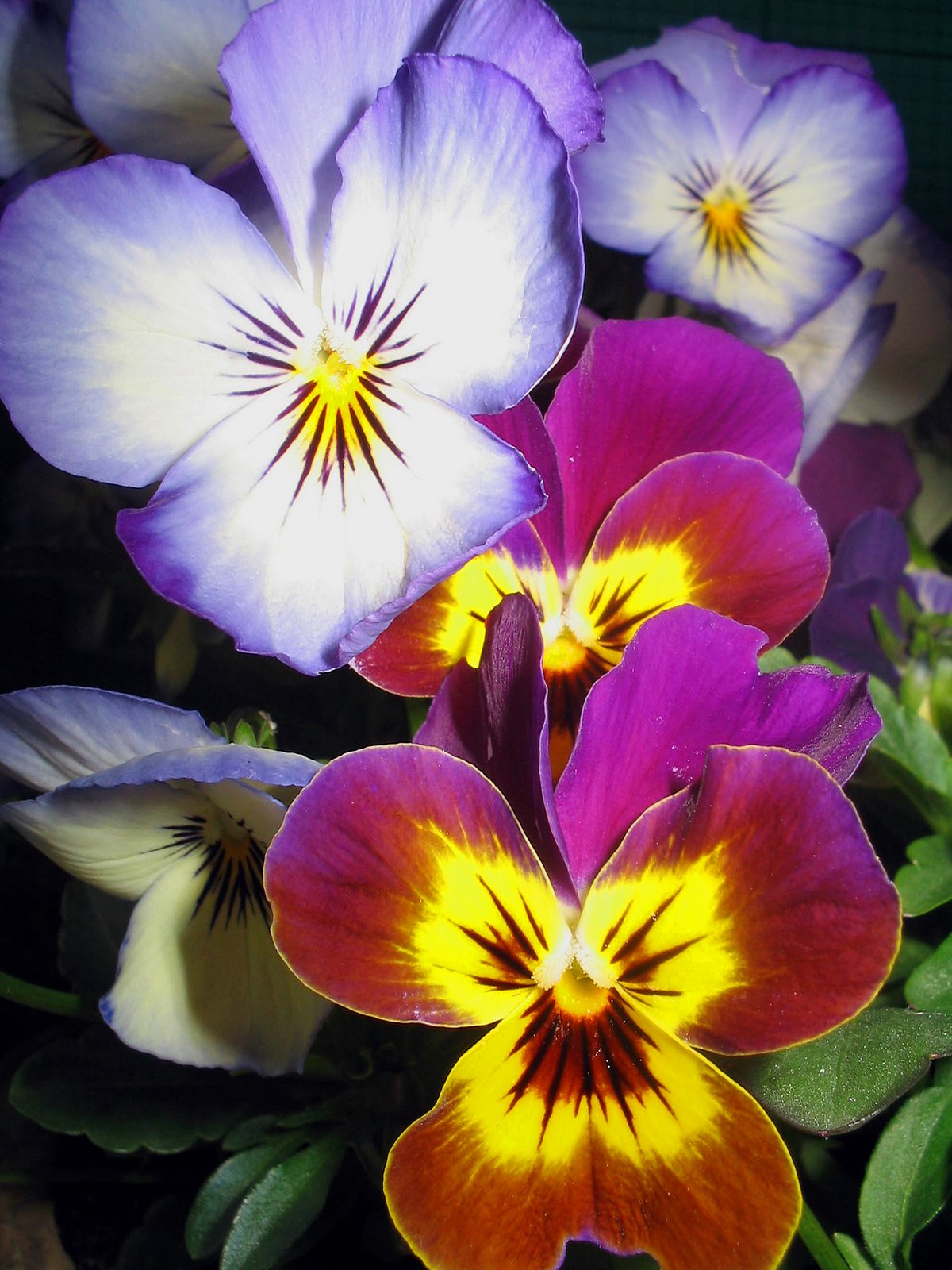I was just hurrying back from my evening's trudge along the sea-wall (Boy and Dog had stopped off to visit Grannie and Grandpa), so as not to miss the beginning of
Miss Austen Regrets, when I was
waylaid, yards from my house, by A Reader of Musings - who recognised me despite my windswept and dishevelled state (maybe the muddy wellies were a giveaway). Anyway, very nice to meet you and I felt very bad about dashing off after the briefest of chats, but since you are A Reader of Musings, you will understand that I don't give up my Sunday Slump lightly!

Miss Austen Regrets turned out, despite its mixed reception in the papers, to be perfectly watchable. As an attempt to 'get inside' the ever-elusive Jane, it was a considerable improvement on the saccharine and anachronism-ridden
Becoming Jane. Olivia Williams was as beautiful to watch as always. It was, on the whole, well cast, well acted, well filmed and well produced. The ambiance of the costumes and sets tended towards those of the 1995 Amanda Root/Ciaran Hinds
Persuasion - and thus recommended itself to me enormously, since this is by far my favourite Austen adaptation to date. The general mood was, as in
Persuasion, essentially melancholic.
I can see very clearly why it did not go down well with Jane fans in the US, in particular. It was shown over there a while ago, and I've read a number of the reviews (including those listed
here). The protests against it are largely on the grounds that it was not frothy and optimistic, not laden with sparkling wit and gorgeous men in wet shirts, and that it was, basically, too gloomy, too preoccupied with loss and regret and too concerned to point out the ignominies of spinsterhood and poverty in Austen's time.
To the fans who feel 'betrayed' by this film, I would say this: Miss Austen Regrets was seeking to discover and explore the real Jane Austen. Not the fictional Jane Austen who resides in the imagination as a glorious amalgam of her best beloved heroines - Lizzy Bennett and Emma Woodhouse. If you want to know why Miss Austen might have had Regrets, read more English social history (I don't mean frilly Jane-fan-history, I mean real grown-up history books) to get a proper handle on What Life Was Really Like In Those Days.
Also read Fay Weldon's excellent
Letters to Alice: On First Reading Jane Austen - a (fictitious) series of letter from an aunt to her teenage niece (who doesn't see the 'point' or 'relevance' of reading Austen), which illuminates - by filling in some vital social/historical background and by teaching the youthful reader how to empathise with the writer as well as with her fictional heroines - exactly how much
more of a genius Austen then appears than she might seem on a more superficial reading.
And superficial reading, it seems to me, is the wobbly, sprigged muslin pillar upon which an awful lot of gushy Janeism rests. The kind which views Austen's 'world' as a kind of touchstone of Shabby Chic. Cath Kidston meets Barbara Cartland.
To find out why and what Miss Austen Regrets, read the novels and then read between the lines of the novels - and in Mansfield Park and Persuasion in particular those lines are wide open for reading between. Read the correspondence and it's all there - you don't need to delve very far to spot it unless you refuse to lift the rose-tinted gauze veil before you set off on your journey.
Then, grow up a bit. If you haven't already reached 40 or experienced full-on mid-lifeism, then try to imagine it - in the context of the early 19th century. You are unmarried, you are poor, you are an artist who, though acclaimed, has never been properly remunerated because you are a woman. You are clever, you are witty and flirtatious, you are popular and yet, because you are unmarried (this being long before feminism, so please try to cast off your 20th/21st-century feminist spectacles for a moment and see things from an early 19th-century point of view), you have wealth, no power, little social standing, no sexual love, no children . . . no hope, but for an old age in which you are beholden to others, and a burden on your family. Moreover, you are ill, and don't have a cupboard full of Nurofen for the pain, a national health service to treat you, or even access to proper diagnosis, let alone cure. Is it so very surprising that the tenor of your latter years should, indeed, be Regret?
We'll never know Jane. It's difficult to get anywhere close, given that Cassandra (as highlighted in this film) destroyed so much of the correspondence. But I do believe that Miss Austen Regrets was an honest and attractive attempt - and a more creditable one than most - to flesh out what we do know into a believable 'character'.
But . . . in the end, it is fiction. And one question which did keep popping into my head as I watched was 'what is this for?' Ultimately, it was just a bit of telly, and should be treated as such.
It will of course be watched by GCSE students of English Literature and gobbled down as biographical fact, but I really don't think it should be. Even more than the myriad adaptations of the books themselves, it should be treated as ephemera. Entertaining, enjoyable, watchable ephemera, certainly. But if you want to 'find Jane' - or as much of Jane as there is left to be found, and in a timeless way, unfiltered by the mores of our own age - then you'll find her in her novels and her surviving letters if you read them afresh.
It is, believe it or not, still possible to read Pride and Prejudice without visualising Colin Firth. Granted, it's difficult, but I promise you that with a bit of effort, and by staring hard at those black words on those white pages, it can be done.
And . . . it's worth it.
 I've been having a look round BookRabbit, which I mentioned on a previous post, and it's looking very impressive, I must say.
I've been having a look round BookRabbit, which I mentioned on a previous post, and it's looking very impressive, I must say.






































































